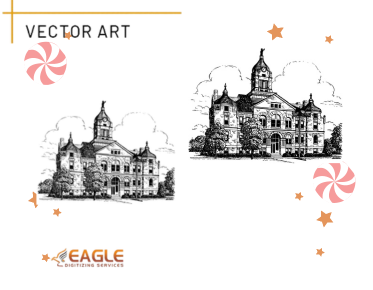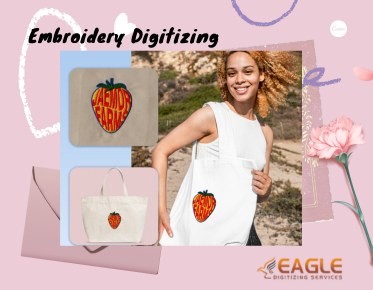Convert Any Image to Vector - 6 Ways to Vectorize an Image
In the digital age, the need to convert vector images has become increasingly important. Whether you're a graphic designer, a marketer, or a business owner, understanding how to vectorize an image can enhance the quality and scalability of your designs. Vector images are essential for creating high-quality graphics that can be resized without losing clarity, making them ideal for logos, illustrations, and print media.
Vectorization is the process of converting raster images, which are made up of pixels, into vector graphics, which are composed of paths. This transformation allows for infinite scalability and is crucial for various applications. In this blog, we will explore six effective methods to vectorize an image, ensuring your graphics are always crisp and professional. One popular method is using vector graphics software, which provides tools to trace and convert images into vector format.
1. Manual Tracing
Manual tracing involves using graphic design software like Adobe Illustrator to trace over the image manually. This method gives you complete control over the vectorization process, allowing for precise adjustments and customization. Although time-consuming, manual tracing is ideal for complex images that require detailed attention.
2. Automatic Tracing Tools
Automatic tracing tools are available in many graphic design programs, offering a quick and efficient way to convert images to vector format. These tools analyze the image and automatically create paths based on the detected edges and colors. While not as precise as manual tracing, automatic tools are perfect for simple images and can save a significant amount of time.
3. Online Vectorization Services
For those who prefer not to invest in graphic design software, online vectorization services provide a convenient alternative. These services allow you to upload your image and receive a vectorized version in return. While some services are free, others may charge a fee for higher quality outputs. It's essential to choose a reputable service to ensure the best results.
4. Using Vector Conversion Software
Dedicated vector conversion software offers advanced features for converting images to vector format. These programs often include batch processing capabilities, allowing you to convert multiple images simultaneously. They also provide more control over the vectorization process compared to online services, making them a valuable tool for professionals.
5. Mobile Apps for Vectorization
With the rise of mobile technology, several apps now offer vectorization capabilities directly from your smartphone or tablet. These apps are perfect for quick conversions on the go and often include basic editing tools to refine your vector images. While not as powerful as desktop software, mobile apps are a convenient option for simple tasks.
6. Hiring Professional Vectorization Services
For the highest quality results, consider hiring professional vectorization services. These services employ skilled designers who specialize in converting images to vector format, ensuring accuracy and attention to detail. This option is ideal for businesses that require consistent, high-quality vector graphics for branding and marketing purposes.
Conclusion
Vectorizing an image is a valuable skill that can enhance the quality and versatility of your graphics. Whether you choose to manually trace, use automatic tools, or hire professionals, each method offers unique benefits. By understanding these techniques, you can select the best approach for your specific needs. Additionally, Eagle Digitizing excels in delivering professional vector art services, transforming creative visions into scalable designs.


.png)
